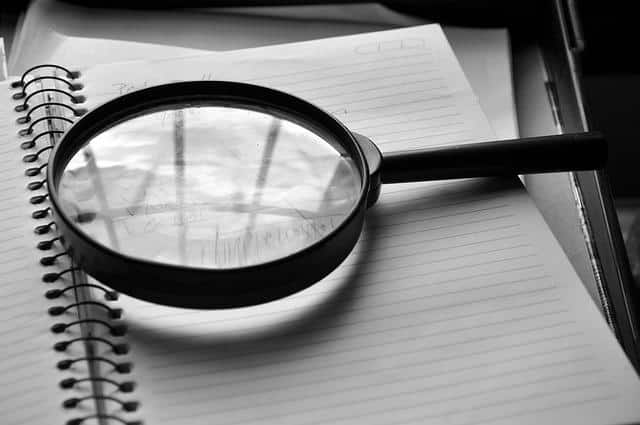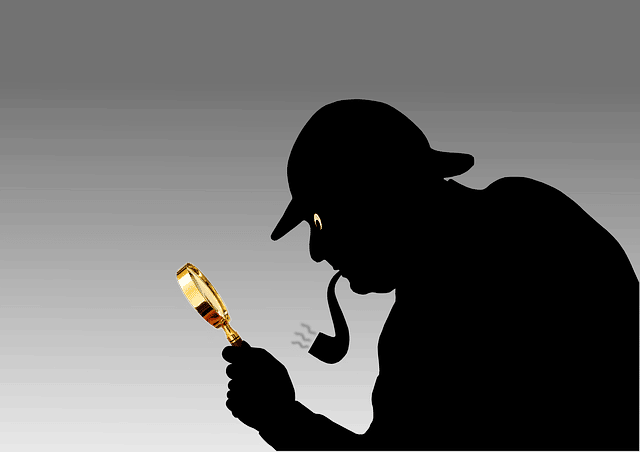
The magnifying glass is a magnifying lens that has a handle.
The concept of magnifying glass comes from the French word loupe . The term refers to a magnifying lens that usually has a handle to facilitate its manipulation.
This optical instrument has a converging lens that, by deflecting light , produces a virtual image that amplifies the observed object . The magnifying glass, therefore, is used to virtually increase the size of an object that is too small for our vision.
Using the magnifying glass
For the magnifying glass to fulfill its function, it must be placed in front of the eye and the element under observation must appear in the focus of the lens. Generally, the larger the diameter of the magnifying glass, the greater its power.
When we meet these two positioning requirements, an image is obtained at infinity and the eyes can view it in a relaxed manner instead of straining to focus on it. It is important to note that the human eye has the ability to focus at a minimum distance of 25 centimeters .

In fiction, the use of magnifying glasses is attributed to detectives.
The angular increase
Since the size that is seen depends on the size of the resulting image on the retina , which is produced after the combination of the magnifying glass and the eye (which together form an optical system), the magnifying glass provides us with an angular magnification .
The concept of angular magnification is defined as the ratio between the angle that the image occupies in the field of view and that occupied by the object when observed without the help of the optical system. Therefore, the angular magnification is directly linked to the optical system, which can be a magnifying glass or a telescope, for example.
The most common use of the magnifying glass is linked to the need to "enlarge" small-sized letters. If a person cannot read a text written in very small letters, they can use a magnifying glass to facilitate vision and, thus, understanding.
The versatility of the magnifying glass
Magnifying glasses are also associated with detectives . In fiction , in fact, the stereotype of the character usually includes the use of a magnifying glass with which the investigator looks for fingerprints or other evidence at a crime scene.
It should be noted that a magnifying glass can also be used to light a fire . When the sun's rays pass through the lens and reach a combustible material, it ends up igniting. This is because the sun is a source of energy and the magnifying glass allows the light to be concentrated at the same point : this concentration of heat in a fuel, such as dry leaves for example, generates combustion.
Until not many years ago, the magnifying glass was also a popular item among children; Although they normally didn't need it to read, it provided them with different forms of fun, as if it were just another toy. In addition, the experiment of lighting a fire using sunlight can be very attractive and be a starting point towards interest in science .
Currently, the massification of digital cameras has put tools for image manipulation in the hands of almost all citizens and, although mobile phones do not include a magnifying glass per se, with the help of analog zoom we obtain a similar result. when reading a font that is too small. In other words, the digital age buried the magnifying glass along with dozens of other instruments and gadgets of the past.
A Mingarro film
La Lupa , on the other hand, is the title of a 1955 film directed by the Spanish Luis Lucia Mingarro .
The story puts us in the shoes of two Madrid detectives who try to solve four quite peculiar cases, which include robberies, infidelities, economic interests and extraterrestrial invasions.
